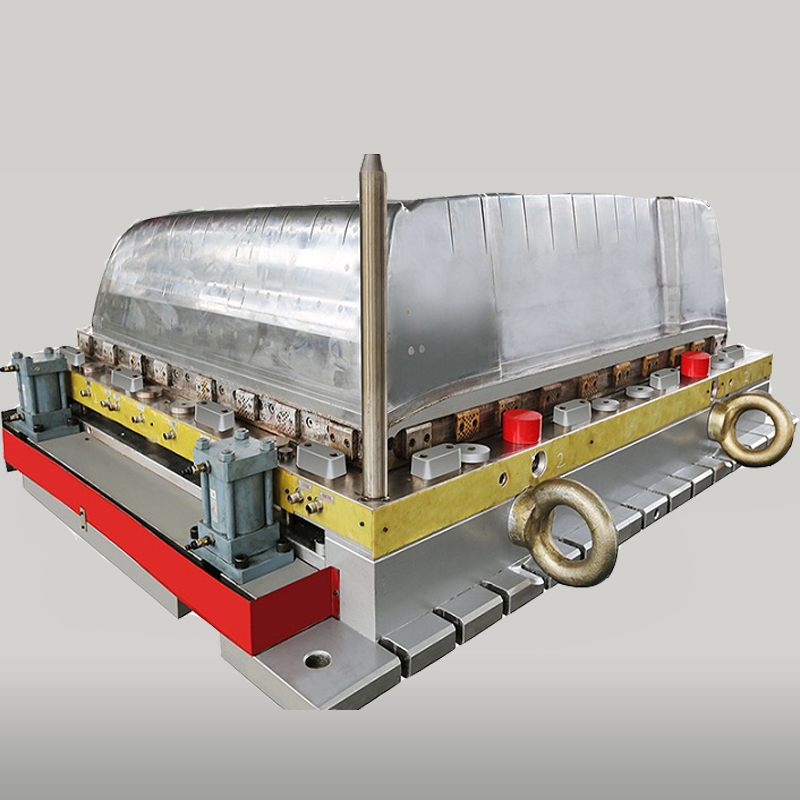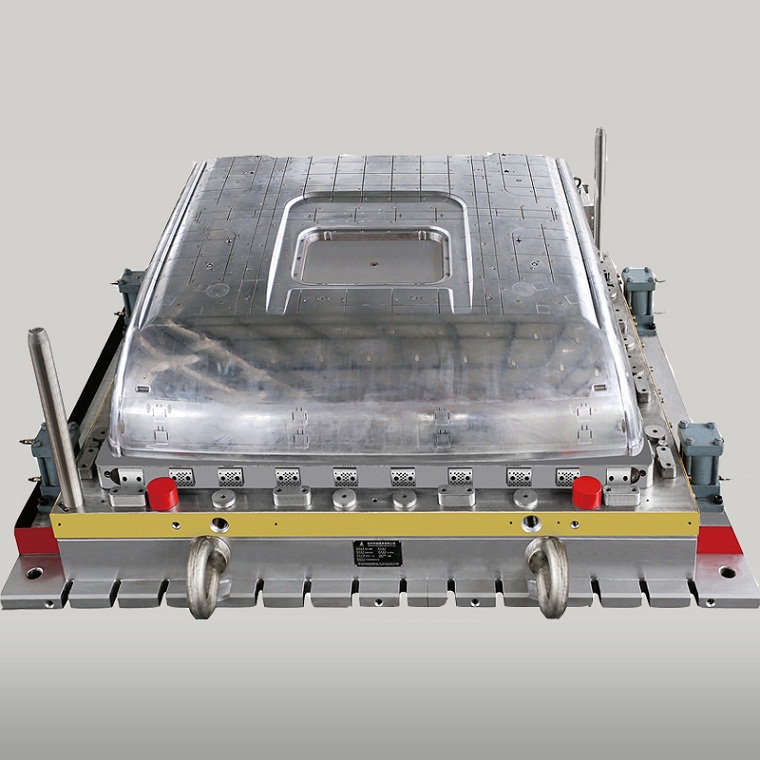SMC Tuck Roof Mold
SMC (Sheet Molding Compound) tuck roof molds are used in the manufacturing of composite roofing panels and other components. SMC is a type of composite material made from a mixture of resins, fiberglass, and other additives. It is commonly used in the production of various structural and decorative ......
Send Inquiry
Product Description
SMC (Sheet Molding Compound) tuck roof molds are used in the manufacturing of composite roofing panels and other components. SMC is a type of composite material made from a mixture of resins, fiberglass, and other additives. It is commonly used in the production of various structural and decorative parts for the construction and automotive industries, among others. Tuck roof molds are specifically designed to shape and form composite panels used in roofing systems.
Here's how SMC tuck roof molds are used in the production process:
1. SMC Material Preparation: Sheet Molding Compound is created by thoroughly mixing thermosetting resins (typically polyester or vinyl ester), chopped fiberglass strands, and other additives. The resulting material has a thick, dough-like consistency.
2. Mold Design and Fabrication: Tuck roof molds are precision-engineered molds that have the negative shape of the desired roofing panels. These molds are typically made from durable materials like steel or aluminum. The mold's interior surface is highly polished and may have various features, textures, and details to create the desired finish on the final product.
3. Laying Up the SMC: In the manufacturing process, SMC is carefully placed into the mold, ensuring that it fills all contours and details of the mold surface. The SMC material is evenly distributed to create uniform thickness.
4. Mold Closure: Once the SMC is correctly positioned in the mold, the two halves of the tuck roof mold are closed and securely clamped together. This creates a sealed cavity in which the SMC will cure and take the shape of the mold.
5. Curing: The mold, with the SMC inside, is subjected to a controlled curing process. This typically involves applying heat and pressure to initiate the polymerization of the resins and cure the composite material. The curing process may take several minutes or hours, depending on the material and part size.
6. De-molding: After the SMC has fully cured and hardened, the mold is opened, and the composite roofing panel is carefully removed. The panel will have taken on the shape and surface finish defined by the mold.
7. Trimming and Finishing: The newly formed roofing panels may require additional trimming, finishing, and any necessary surface treatments to meet quality standards and customer specifications.
SMC tuck roof molds are an essential part of the manufacturing process for composite roofing panels. They ensure that the panels are produced with consistent quality, accurate dimensions, and the desired appearance. These panels are used in various construction and architectural applications due to their durability, weather resistance, and design flexibility.










